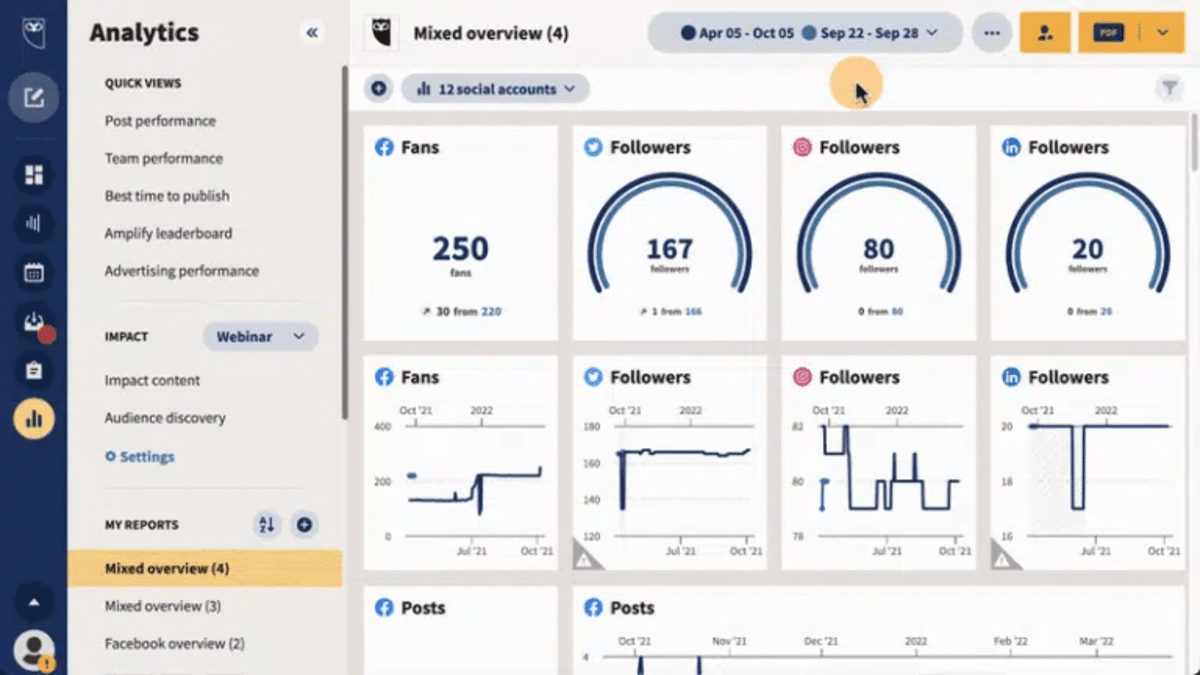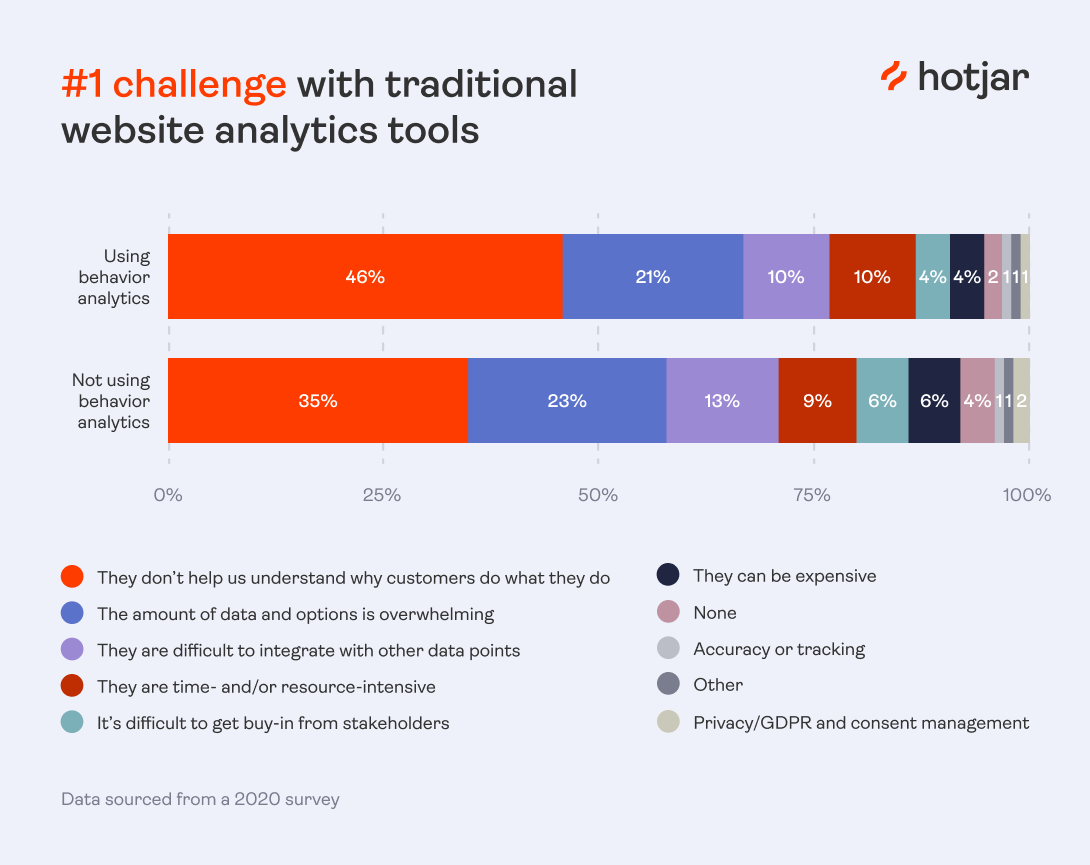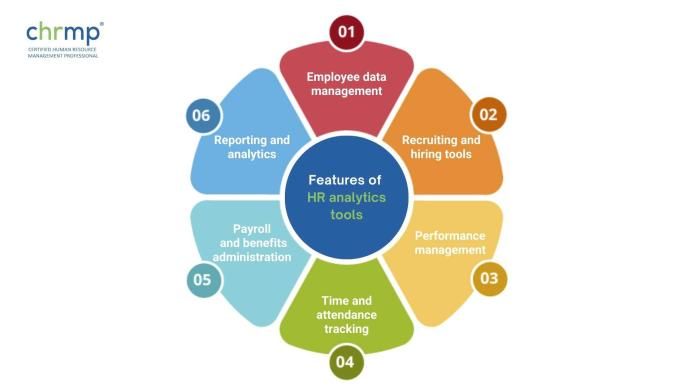Discover Hidden Opportunities with Modern Analytics Techniques
Increase Performance and Earnings Through Information Analytics
In today's data-driven landscape, companies are increasingly acknowledging the pivotal duty of information analytics in boosting functional efficiency and productivity. By systematically assessing information, organizations can discover vital understandings that notify strategic choices, simplify procedures, and tailor consumer experiences (Analytics). The challenge exists not just in the application of these analytical devices but likewise in recognizing how to translate data right into actionable end results. As we check out the subtleties of effective data-driven techniques, the ramifications for both short-term gains and long-lasting success become progressively clear. What might these insights expose for your company?
Recognizing Information Analytics
In today's data-driven landscape, understanding information analytics is vital for companies aiming to improve functional performance and drive success. Data analytics involves the organized computational analysis of data sets to reveal patterns, relationships, and understandings that educate decision-making. By utilizing different strategies, such as analytical analysis, artificial intelligence, and predictive modeling, companies can change raw data right into workable intelligence.
The procedure usually begins with data collection, where appropriate info is gathered from numerous resources, including transactional data sources, consumer interactions, and market fads. This data is after that cleaned up and organized to make certain precision and consistency. When the information is prepared, analytical devices and software application are used to discover and visualize the details, allowing stakeholders to determine patterns and abnormalities.
Ultimately, recognizing data analytics equips organizations to make educated decisions based on empirical proof instead than instinct. It helps with targeted techniques that can maximize source appropriation, enhance client fulfillment, and boost total efficiency. As companies progressively identify the value of data-driven understandings, a strong understanding of information analytics ends up being a critical proficiency for leaders and groups alike, placing them for sustained success in a competitive setting.

Trick Advantages for Services
Services that leverage information analytics can open a wide range of benefits that substantially improve their operations and profitability. Among the primary benefits is enhanced decision-making. Information analytics offers actionable understandings stemmed from real-time data, allowing businesses to make educated selections that align with market needs and consumer preferences.

Furthermore, information analytics fosters improved consumer experiences. By understanding client habits and choices, companies can customize their offerings, bring about enhanced fulfillment and commitment. This tailored strategy usually results in greater conversion prices and repeat business.
Additionally, information analytics allows companies to identify arising opportunities and patterns. By remaining in advance of the curve, organizations can capitalize on new markets and advancements prior to their competitors.
Executing Data-Driven Methods
Effective implementation of data-driven approaches calls for a comprehensive understanding of both readily available information and organizational goals sources. Organizations needs to initially define their objectives clearly, guaranteeing alignment in between data initiatives and tactical aims. This quality enables groups to concentrate on pertinent metrics and insights that drive decision-making.
Next, services should assess their existing data framework. This entails assessing information top quality, ease of access, and integration capabilities. Top notch information is vital for exact analysis, as inadequate data can result in misdirected strategies and lost resources. Organizations should develop procedures for information collection, cleaning, and administration to keep data stability.
Furthermore, promoting a data-driven culture is crucial. Staff members in any navigate to these guys way levels should be motivated to take advantage of information in their day-to-day procedures. Training programs and workshops can improve information literacy, encouraging personnel to make enlightened choices based on analytical insights.
Tools and Technologies Summary
A durable suite of technologies and devices is vital for organizations aiming to harness the complete potential of information analytics. These tools facilitate the collection, handling, and visualization of information, allowing organizations to acquire workable insights.
At the fundamental level, data administration systems such as SQL data sources and NoSQL systems give efficient data storage space and retrieval capacities. For data processing and analysis, shows languages like Python and R, in addition to structures such as Apache Flicker, allow complicated calculations and artificial intelligence applications.
Visualization tools, including Tableau and Power BI, change raw information into instinctive visual layouts, making insights easily accessible to stakeholders in all degrees. Furthermore, cloud-based systems like Google Cloud and AWS use scalable storage and handling remedies, suiting the growing quantities of data companies experience.
For sophisticated analytics, anticipating modeling and AI-driven services are significantly adopted, enabling business to forecast trends and boost decision-making procedures. Integrating these devices right into existing process is extremely important; organizations that efficiently utilize this technology can significantly boost functional efficiency and drive profitability. Therefore, purchasing the right devices and technologies is a strategic crucial for any kind of data-driven company.
Study of Success
Leveraging information analytics has led numerous organizations to attain exceptional renovations in performance and productivity. One remarkable case is a big retail chain that carried out anticipating analytics to optimize inventory management. By analyzing historical sales data and customer fads, the business reduced excess inventory by 30%, bring about substantial expense financial savings and boosted Get the facts capital.
An additional instance can be found in the production sector, where a leading auto manufacturer made use of data analytics to boost its production procedures. By keeping an eye on equipment performance in real-time, the company identified traffic jams and inadequacies, causing a 20% increase in overall devices effectiveness (OEE) This not only improved manufacturing prices but likewise reduced downtime and upkeep costs.

These study highlight exactly how data analytics can drive calculated decision-making, enhance processes, and inevitably improve both effectiveness and profitability across different sectors.
Final Thought
In final thought, the assimilation of information analytics into business operations provides significant chances for improving performance and productivity. By systematically analyzing data, companies can identify inadequacies, optimize client experiences, and make informed decisions. The adoption of anticipating modeling and real-time monitoring additionally makes it possible for businesses to remain in advance of emerging fads and allot resources efficiently. Ultimately, the calculated application of data-driven techniques fosters sustained affordable advantages and drives significant renovations in operational click this efficiency and economic outcomes.
In today's data-driven landscape, comprehending information analytics is essential for organizations intending to improve operational performance and drive success. Information analytics entails the methodical computational analysis of information sets to uncover patterns, correlations, and understandings that educate decision-making. Information analytics offers workable insights derived from real-time data, permitting companies to make informed choices that line up with market needs and consumer choices.
High-quality information is necessary for precise evaluation, as bad data can lead to illinformed methods and lost sources. Organizations must develop procedures for data collection, cleansing, and management to preserve data integrity.